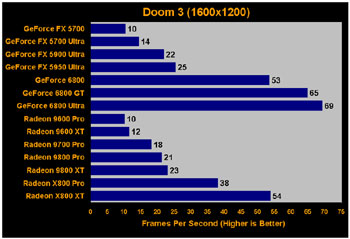Nvidia has NOT supported Vulkan from day 1, the answer to that is "simple" Vulkan is AMD "baby" and Nv is unable to get the same "sweetheart" tricks/hax that MSFT has allowed them to do in DX for many many years.
they were ADAMANT against Vulkan in any way shape or form especially the "multi gpu" that could allow a Radeon to work with a Geforce (or lower end stuff to link up with higher end) among other things.
I remember reading along the lines of Nv not wanting to support Vulkan because they feared AMD leveraged something in the code that could hurt Nv products (even though Nv does this crap all the time, and has for a number of years)
Maybe Khronos told Nv along the lines of "well, you may not want to use Vulkan, but, we are done with OpenGL as of X date so you might as well jump on board"
Anyways.....if Nv will "properly" support Vulkan and not fk anyone else in the process. sweet deal, it might mean eventually more and more support for Linux "PC" gaming computers in a more user friendly way without the crapware/actions MSFT has been doing with Windows the last couple of years.
The more the merrier when they "play nice" in my books ^.^
You have invented a very weird, teenage fanboy alternate reality like you were somewhere behind the scenes to something "maybe this happened and then maybe they said that" -- utter batshit to anyone that's actually followed Vulkan development for years, seen NV show up to every GDC to give their presentation about the latest updates and progress in their support of it. There was never any animosity.
Predictable fanboy ankle biting about "Ngreedia" is cool but there's really no room for alternative facts when the real ones are easy enough to verify.
Last edited:
![[H]ard|Forum](/styles/hardforum/xenforo/logo_dark.png)
